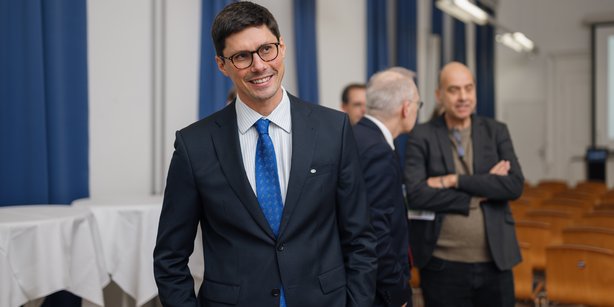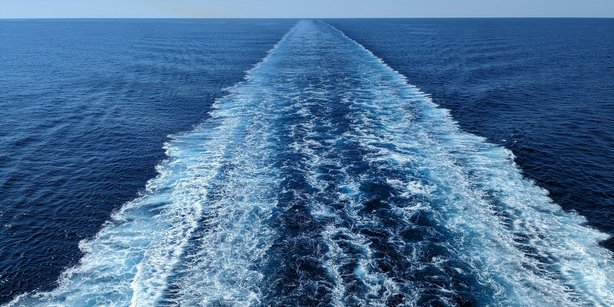Understand the Crisis – Be Part of the Solution

We are living in times of unprecedented environmental change. Climate disruption, species extinction, and pollution are no longer distant threats – they are present realities. But with knowledge comes power to act.
This free course invites you to explore the environmental challenges shaping our world – and to discover your role in creating lasting solutions. Through engaging video lessons and expert insights across disciplines, you'll gain a hopeful perspective on our shared planetary future.













